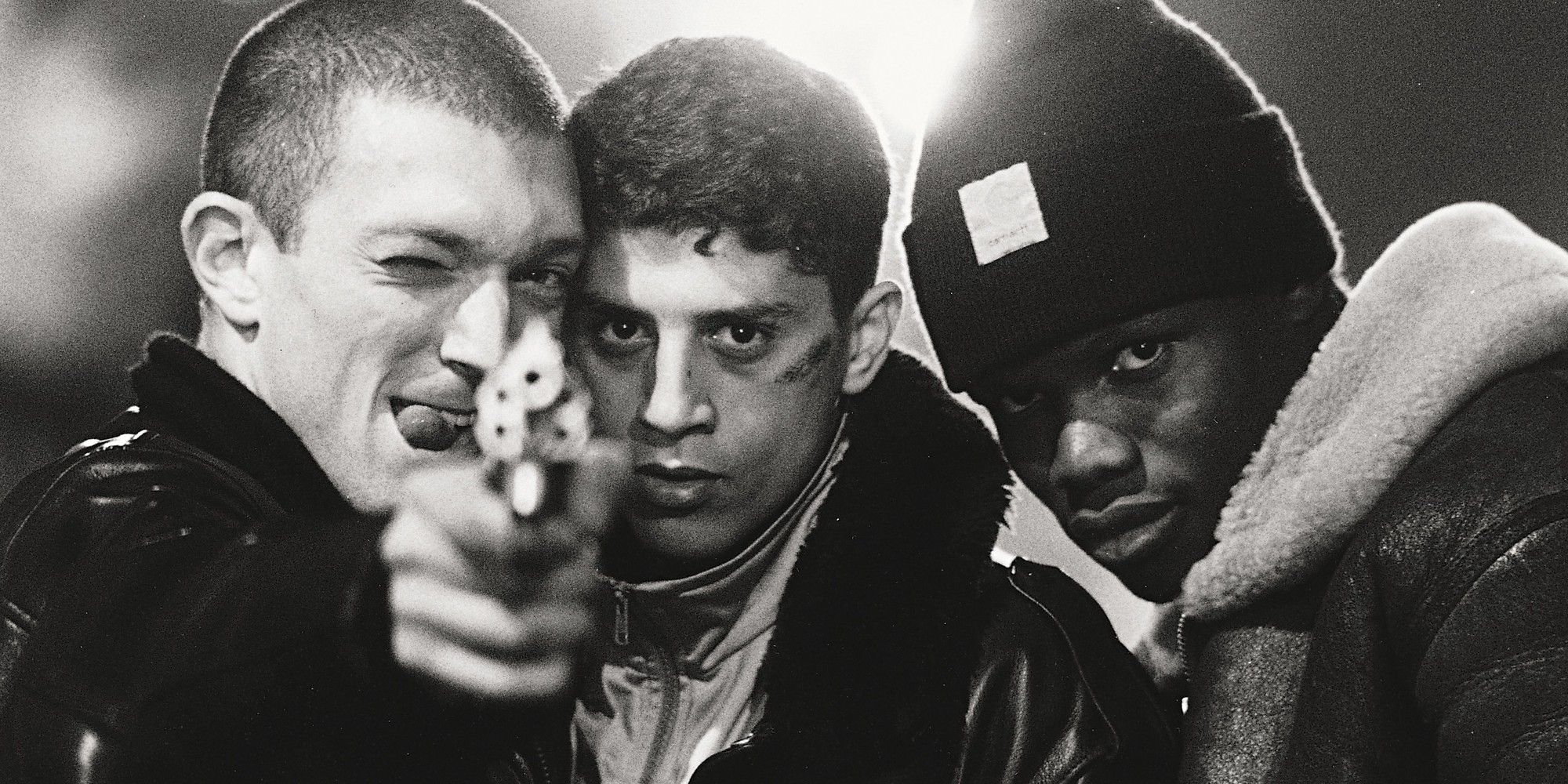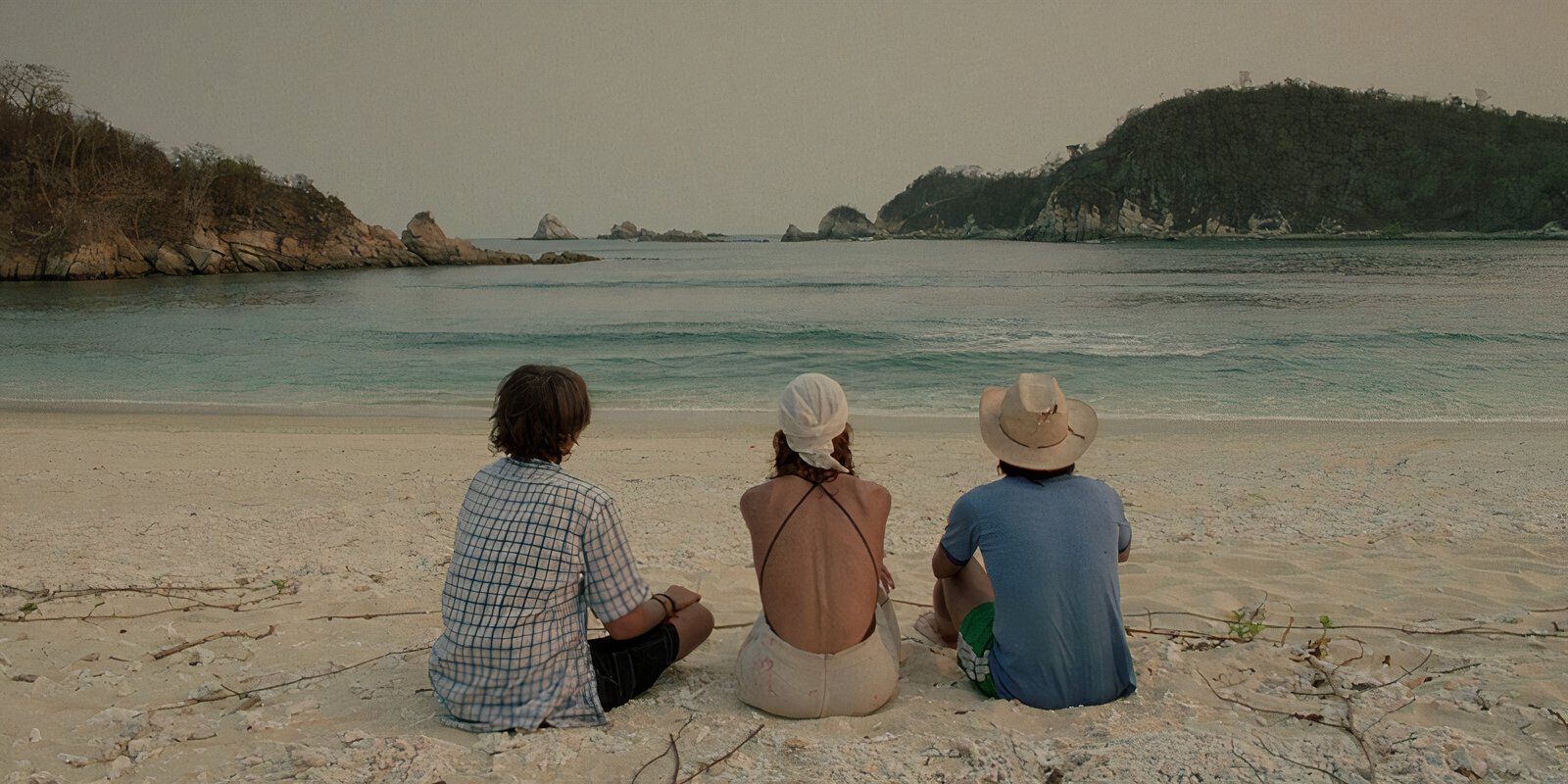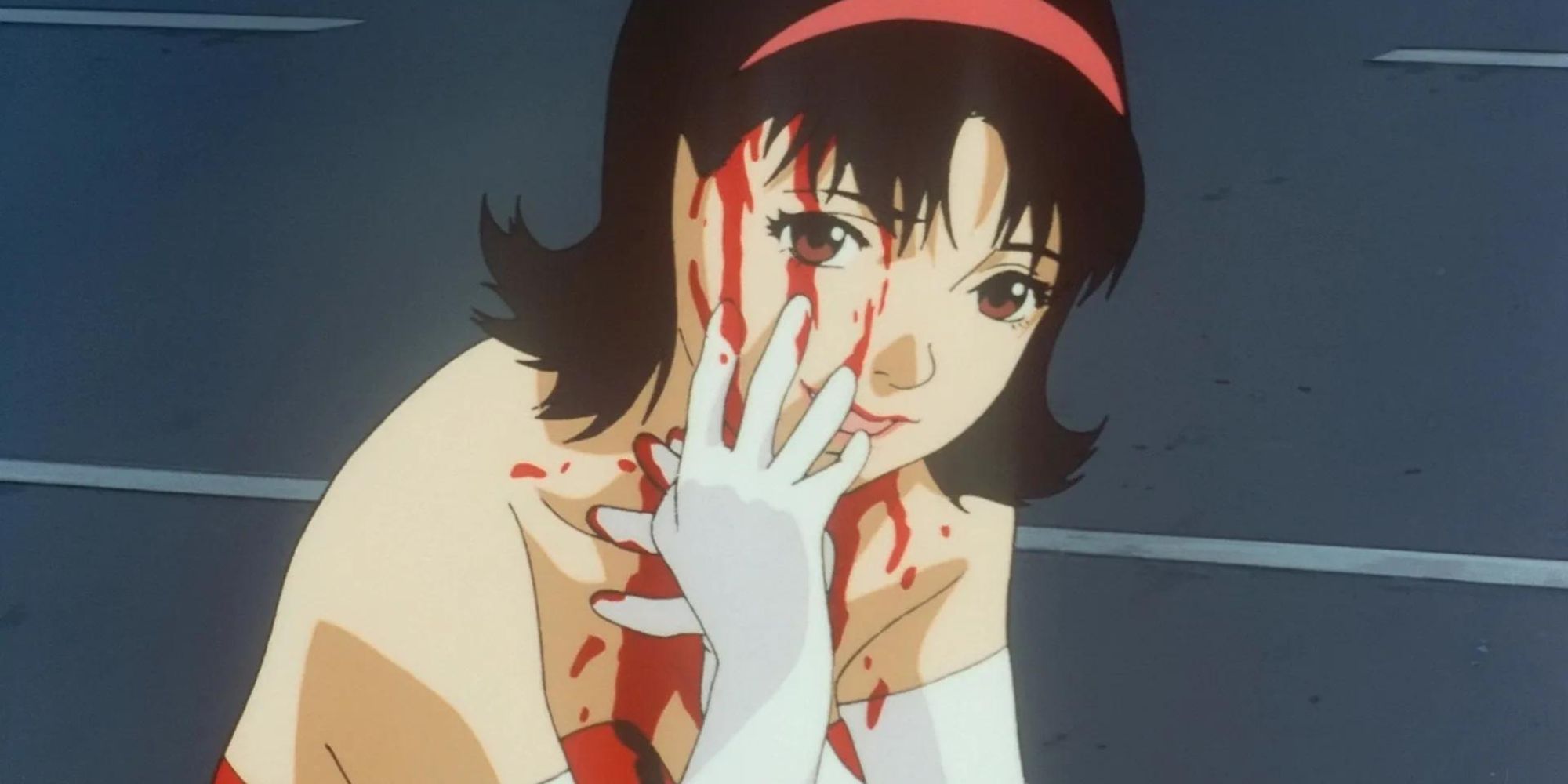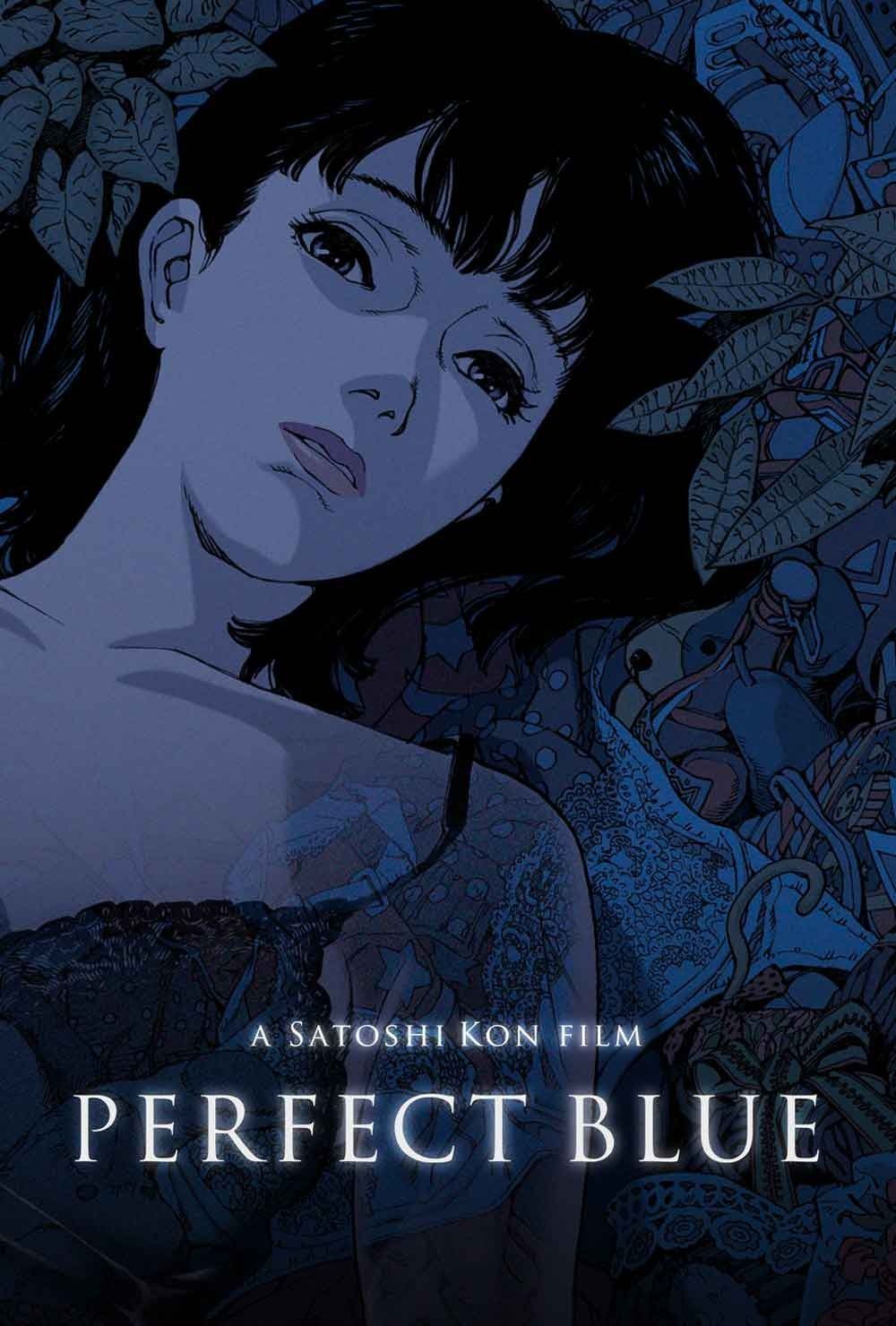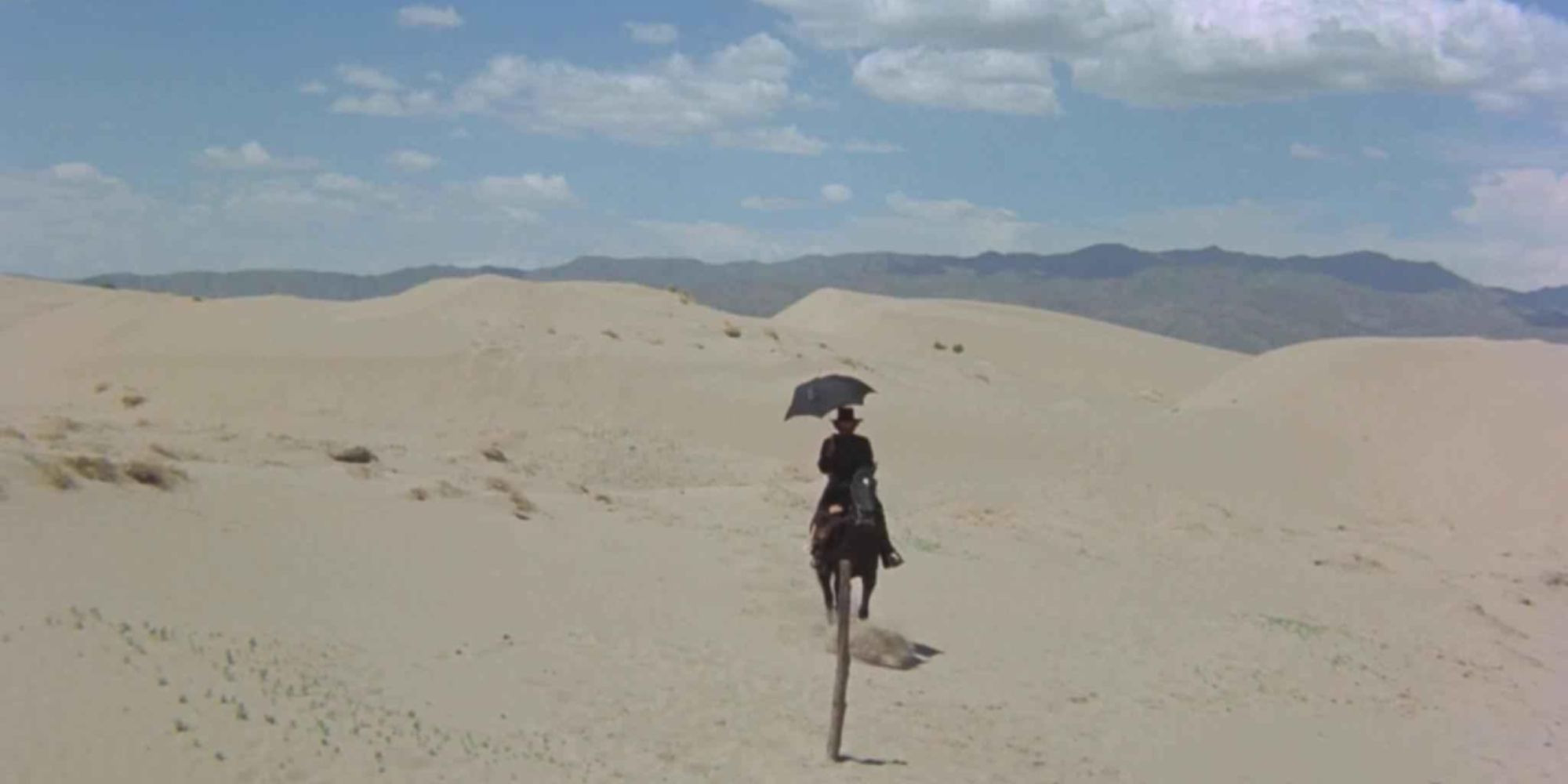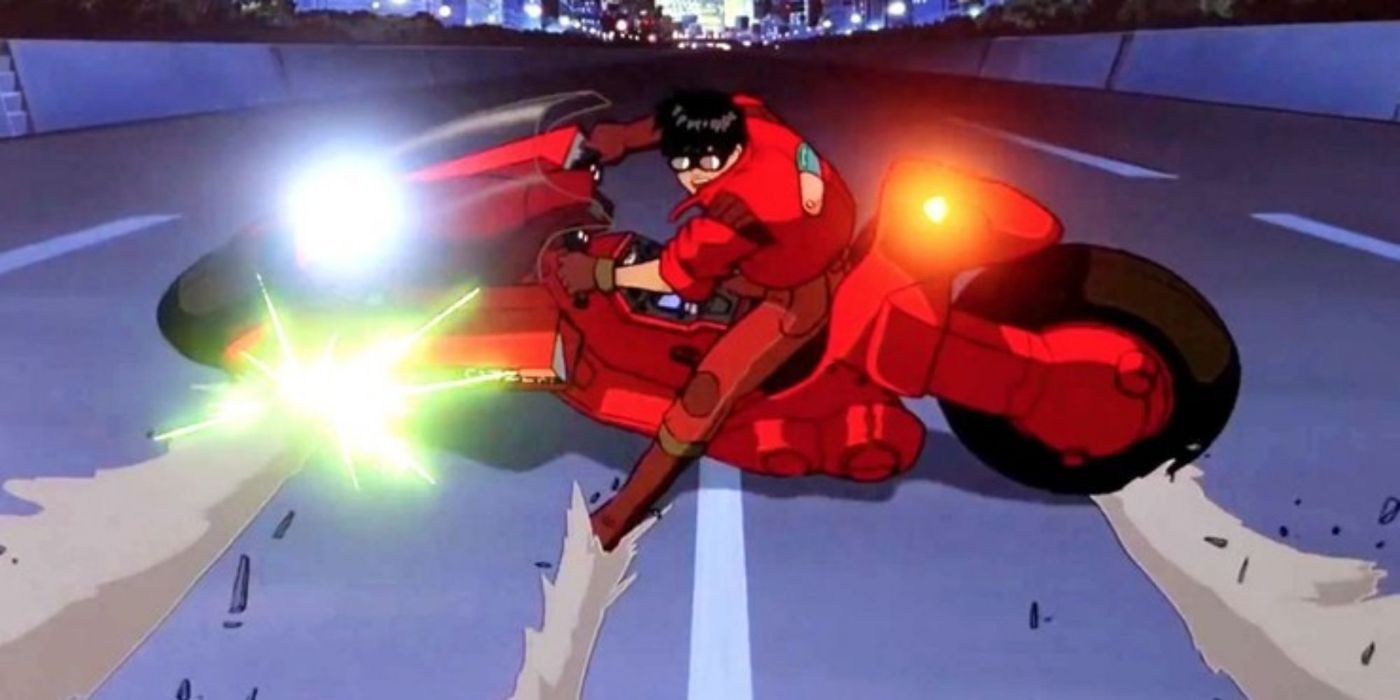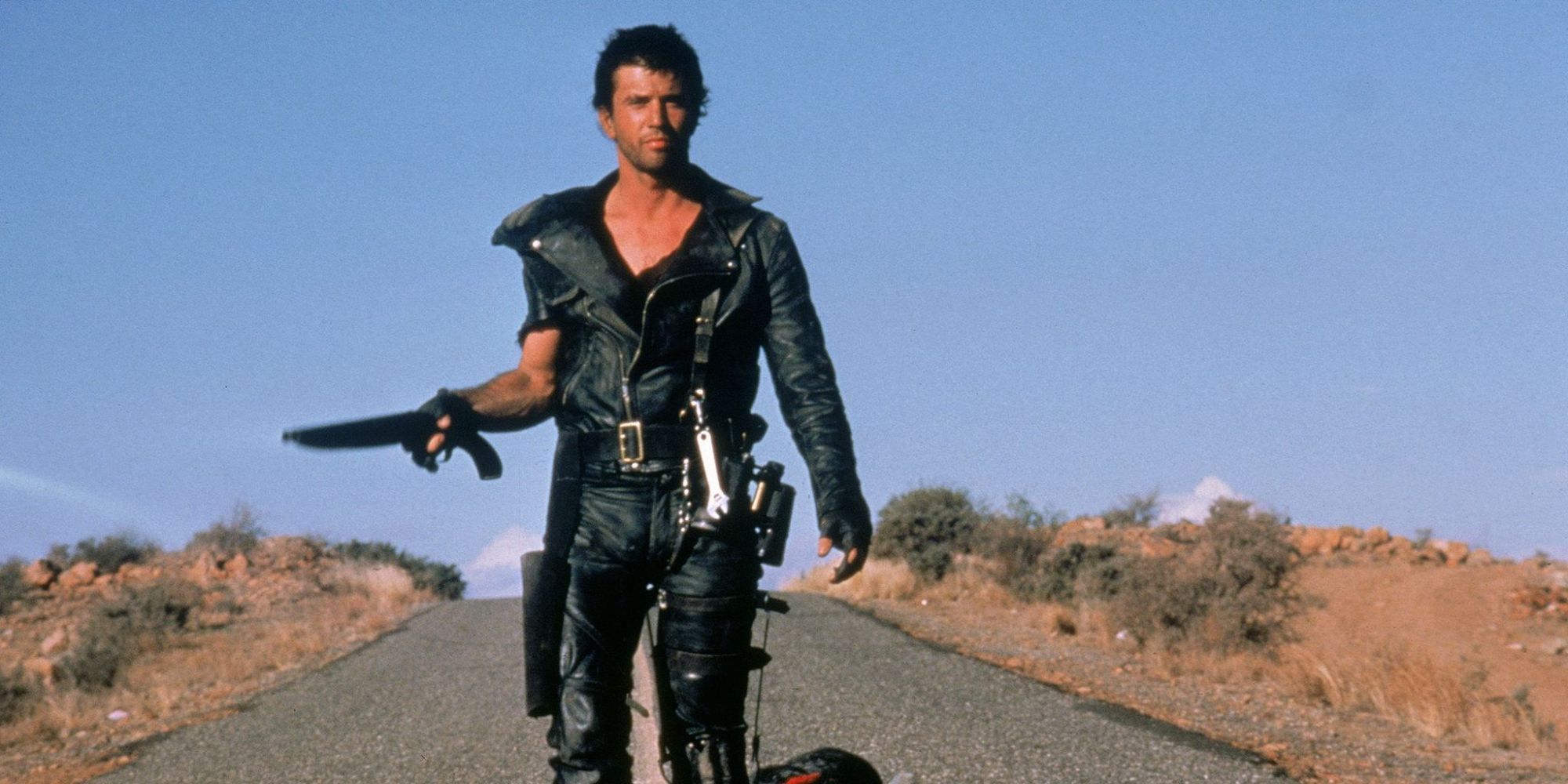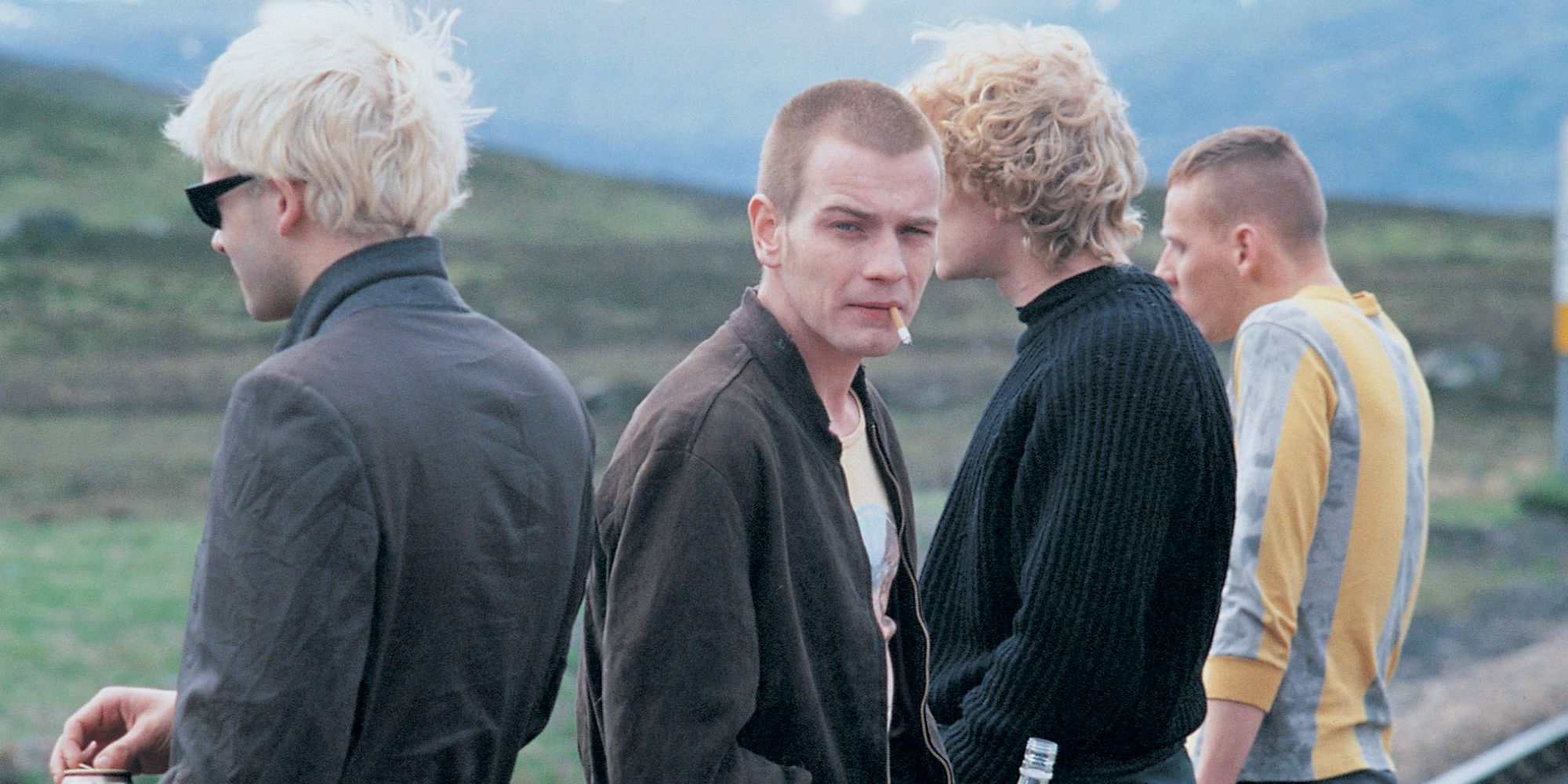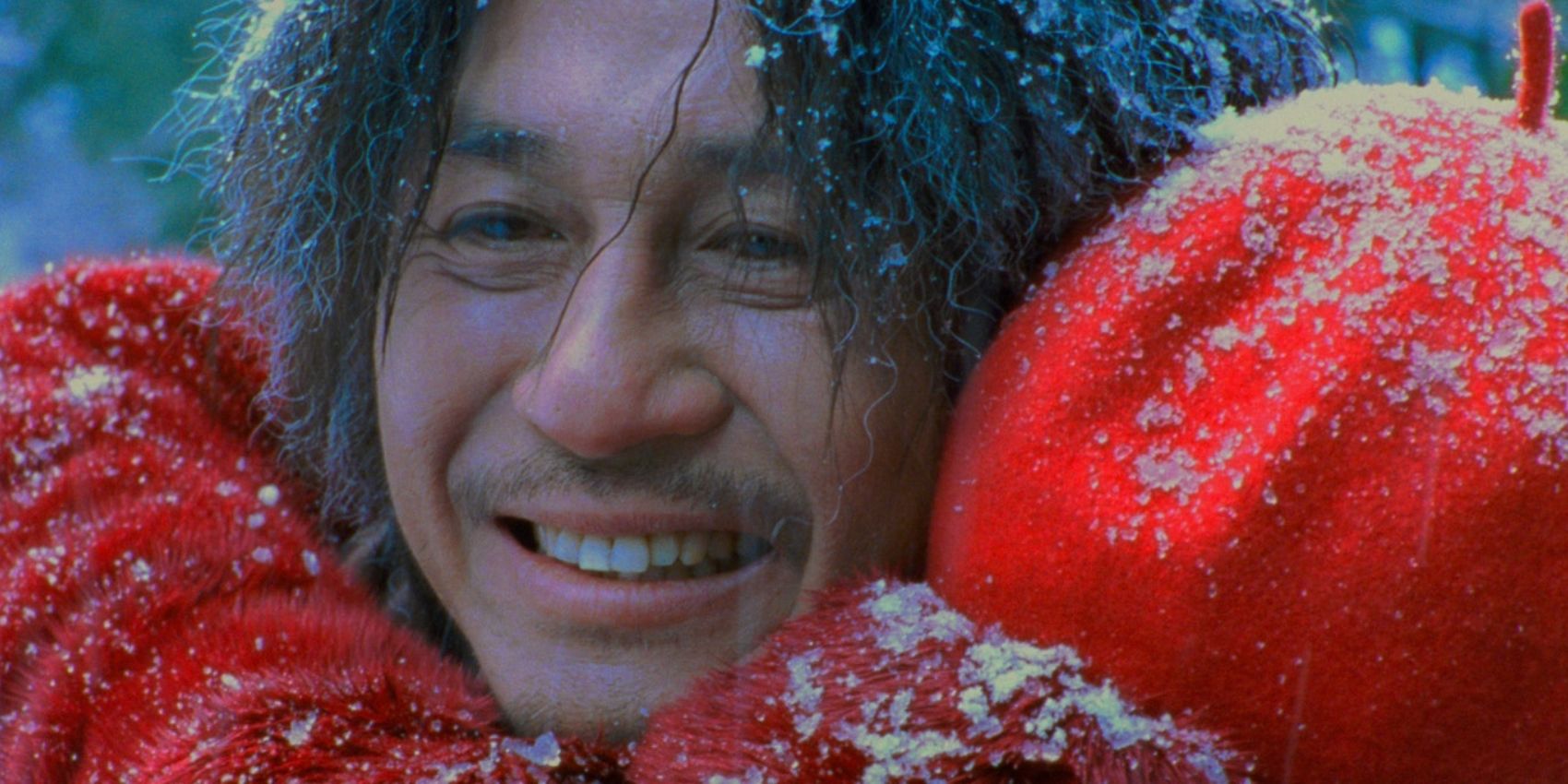The concept of cult cinema is imbued with ambiguity, but it’s an essential part of what it is and always has been. Different sources have given all sorts of definitions of what a cult film is, but at its core, cult cinema is all about movies that garner followings that revel in intense enjoyment of their peculiarities. A great deal of irony and self-awareness, multiple re-watches, midnight screenings, and excessive displays of fandom are all elements that define cult cinema.
Another essential element of cult cinema is that it can come from anywhere on the planet. While the majority of well-known cult movies come from Hollywood and the rest of the U.S., there are also lots of non-American cult films that have made themselves worthy of audiences’ love over the years. From Europe to Asia to Africa, there are lots of international masterworks and so-bad-they’re-good gems that have acquired a cult following as big as any Hollywood movie.
10
‘La Haine’ (1995)
Country: France
The French film industry is one of the most important and influential outside of Hollywood, and La Haine is perhaps the most iconic French cult classic ever. It’s set over 24 hours in the lives of three young men in the French suburbs the day after a violent riot. Kinetic, hard-hitting, and absolutely breathtaking in its artistic merit, it’s #17 on Letterboxd’s Top 250 movies, and rightfully so.
La Haine is one of the best international movies of the ’90s, a vibrant and incisive sociopolitical critique that has a bold message but never forgets to be fun, nuanced, and emotionally stirring. As soon as it came out in 1995 and in the years after its release, it put the spotlight on the hardships and police brutality of Parisian suburbs, opening the door for new and fresh class-conscious French cinema. This approach made it an instant cult hit, which it has remained to this day.
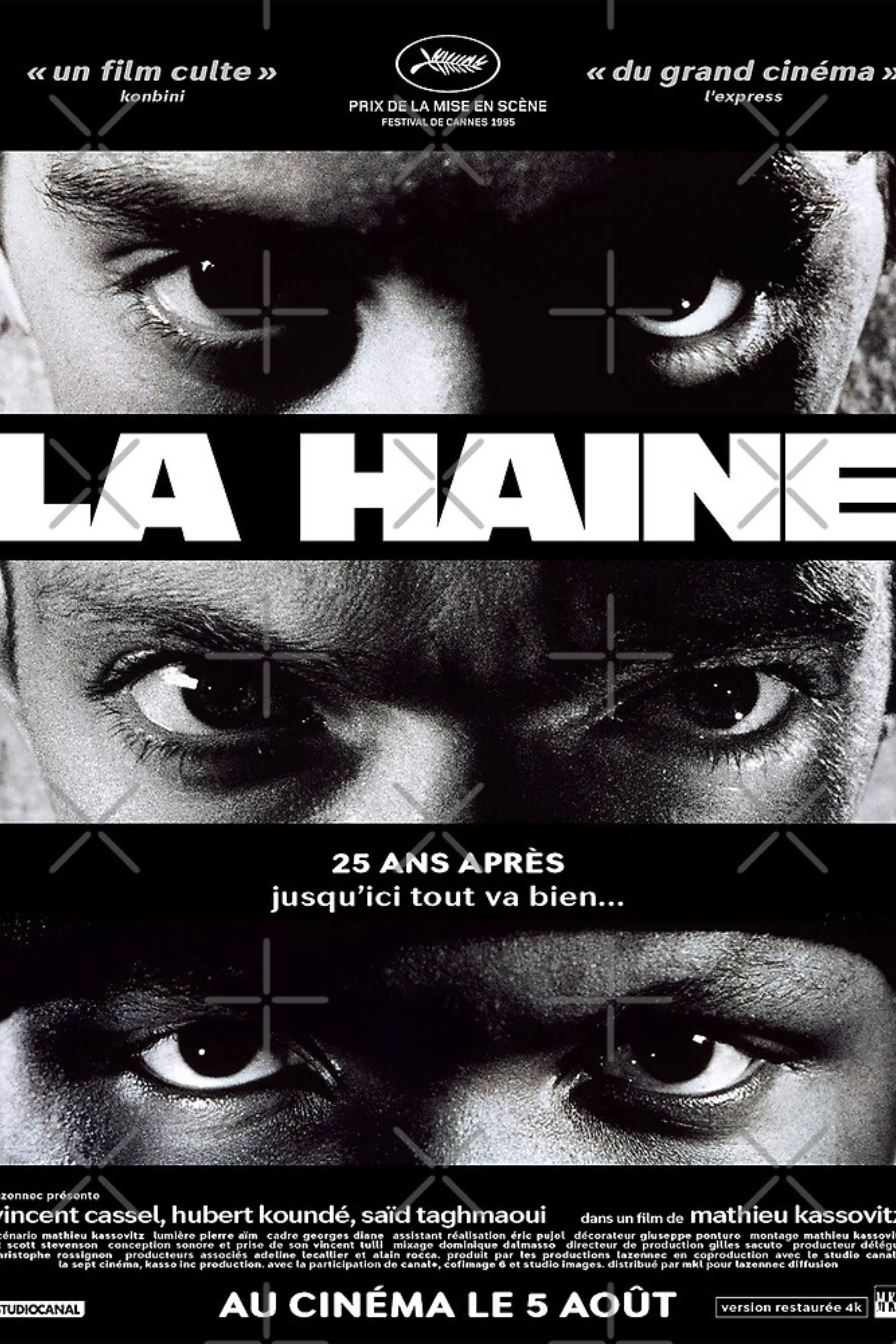
La Haine
- Release Date
-
February 23, 1996
- Director
-
Mathieu Kassovitz
- Runtime
-
98 Minutes
- Writers
-
Mathieu Kassovitz
9
‘Who Killed Captain Alex?’ (2010)
Country: Uganda
Due to their complicated economic and political situations, the vast majority of African countries lack a film industry, if they even produce films at all. The visionary Nabwana I.G.G., labeled Uganda’s Quentin Tarantino, set out to change that by creating Wakaliwood, a movie studio based in Uganda’s capital of Kampala. With a budget of a whopping $85 U.S. dollars, they made their first “big” film:
Who Killed Captain Alex? is an action comedy about a captain tasked with defeating the Tiger Mafia, who kills him in the process. Upon hearing the news, his brother starts an investigation to avenge his death. Who Killed Captain Alex? isn’t really good in any traditional sense, but the mere fact that it got made is a testament to the power of the love for filmmaking. It’s one of the most rewatchable so-bad-they’re-good movies ever made, with a quirky sense of humor and a unique B-picture quality that made it ripe for picking up a cult following. It’s one of the most enjoyable movies that have ever come out of the African continent.
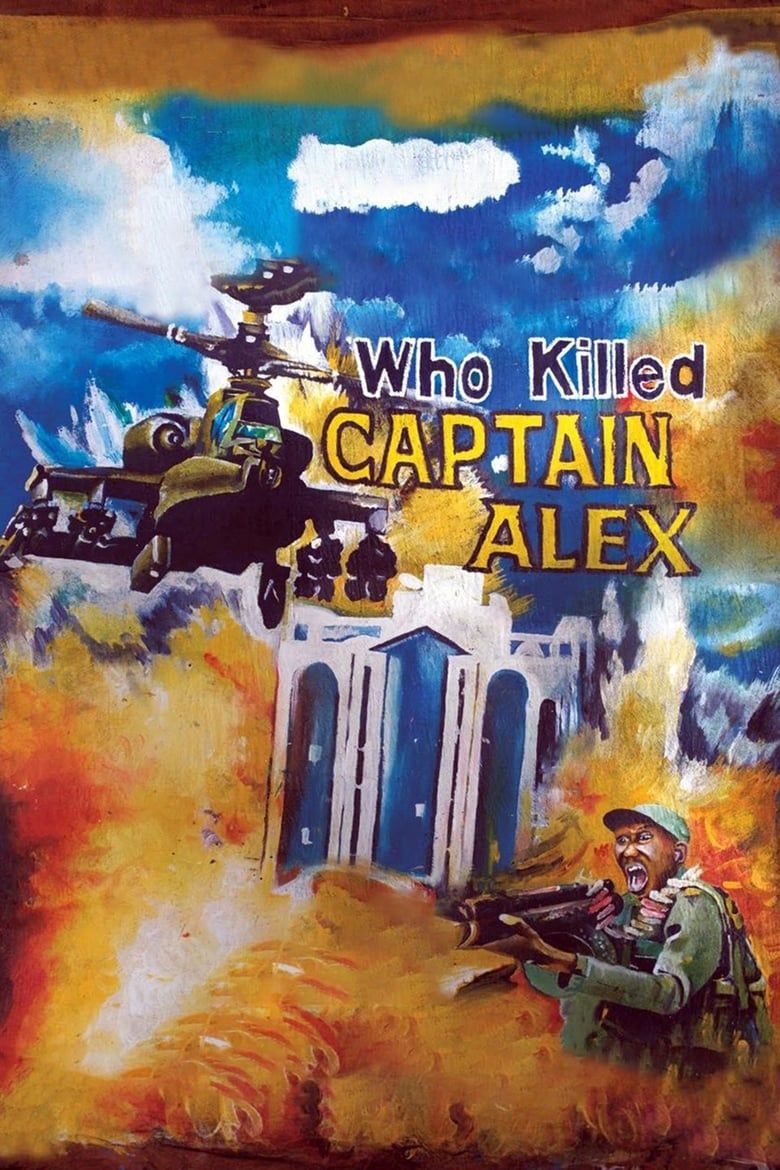
Who Killed Captain Alex?
- Release Date
-
March 1, 2010
- Director
-
Nabwana IGG
- Cast
-
Sserunya Ernest
, G. Puffs
, Bukenya Charles
, Kavubu Muhammed
, Kasumba Isma
, Faizat Muhammed
, Bisaso Dauda
, Musisi David
, V.J. Emmie
, Nabwana IGG - Runtime
-
68 minutes
8
‘Y Tu Mamá También’ (2001)
Country: Mexico
Alfonso Cuarón is one of Mexico’s most remarkable filmmakers, and although he’s made most of his best work in Hollywood, his best movie to date remains his Mexican masterpiece Y Tu Mamá También. It’s the story of two freshly graduated teenage boys who embark on a road trip across the country with an older Spanish woman, learning a thing or two about life, each other, and themselves along the way.
Y Tu Mamá, by far one of the best indie films of the 2000s, mainly gained its cult reputation through its transgressive sexual content and intense erotic scenes, but that’s far from being the only thing that it has to offer. The film is a powerful allegory about a broken Mexico, a socially divided country that oh so often turns a blind eye to the stories of others. But, more than anything, this cult classic shines thanks to the fascinating main characters and the out-of-this-world chemistry shared between Maribel Verdú, Diego Luna, and Gael García Bernal.
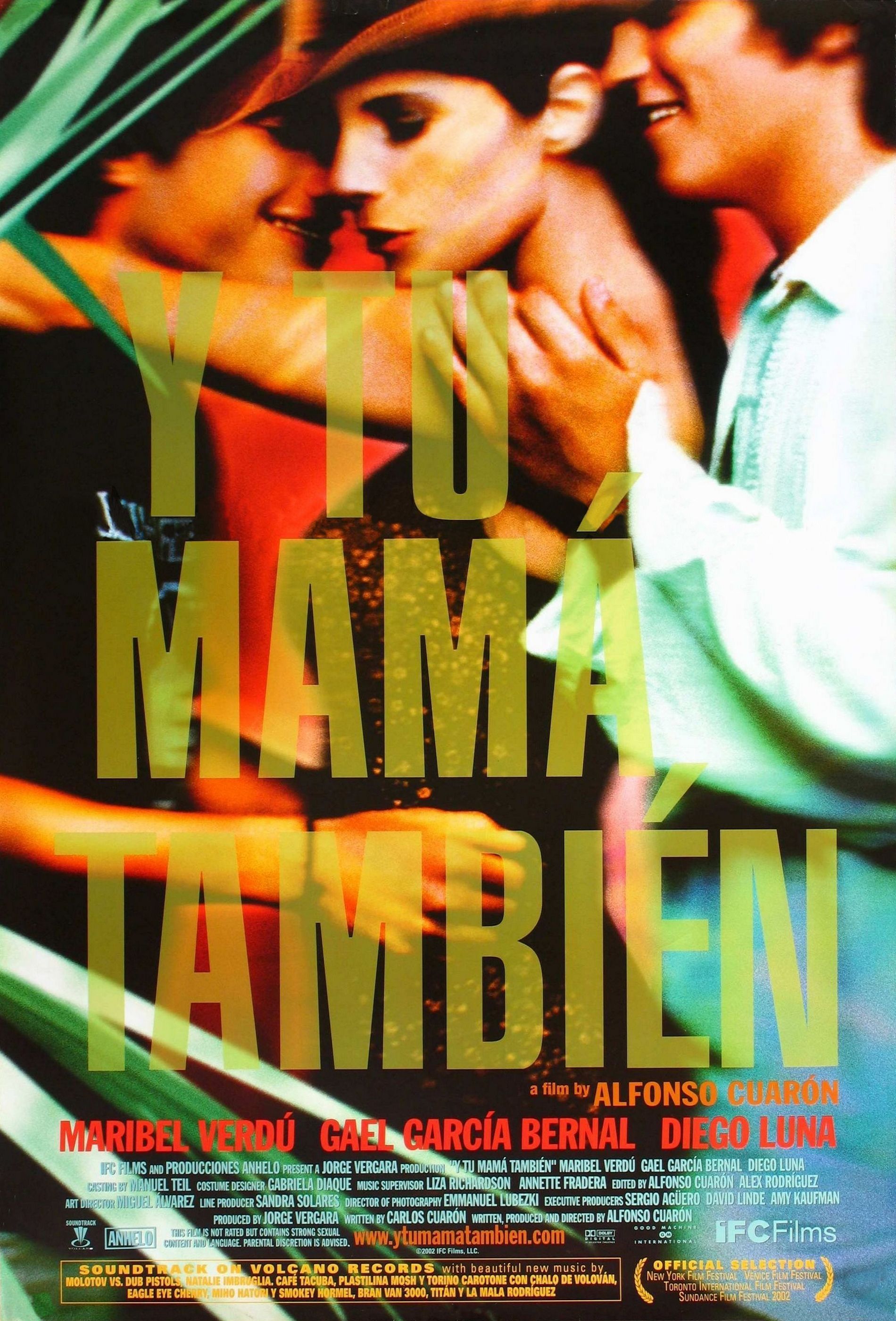
- Release Date
-
June 8, 2001
- Director
-
Alfonso Cuarón
- Runtime
-
106 Minutes
- Writers
-
Alfonso Cuarón
, Carlos Cuarón
7
‘Perfect Blue’ (1997)
Country: Japan
Numerous anime movies can be counted among the all-time best ever, but one that’s always near the top of the list is Perfect Blue. Directed by the masterful Satoshi Kon, it’s a uniquely disturbing psychological thriller about a pop singer who gives up her career to become an actress. However, she slowly starts losing her mind as she begins to be stalked by an obsessed fan and a ghost from her past.
Perfect Blue, one of the most acclaimed and influential non-American animated movies ever, is proof that a film doesn’t need to be bad or cheap in order to be a cult classic. Stylish, mysterious, and often overwhelmingly dark, it’s a masterpiece that’s influenced directors of the caliber of Darren Aronofsky, whose Requiem for a Dream and especially Black Swan feel like homages to Perfect Blue in several ways.
6
‘El Topo’ (1970)
Country: Mexico
Chilean-French avant-garde filmmaker Alejandro Jodorowsky is the king of cinematic surrealism and one of the most important arthouse directors of all time. Although it may not be his best work, the Mexican acid Western El Topo is one of the most important cult films ever. Like all of Jodorowsky’s movies, it’s exquisitely weird, telling the story of a mysterious gunfighter who wanders a mystical Western landscape with his naked son, encountering multiple bizarre characters and events along the way.
El Topo is a phenomenal and fascinating film in its own right, but its trajectory and reception are perhaps even more interesting. Banned in Mexico and causing an outcry in several other countries, it remained an underground sensation for a while, its success largely owing to none other than John Lennon, who adored it. El Topo then remained vastly inaccessible for many years until finally obtaining a DVD release in 2007. It was precisely its transgressions and the “forbidden” feeling that its inaccessibility granted it that made it as huge a cult film as it is today.
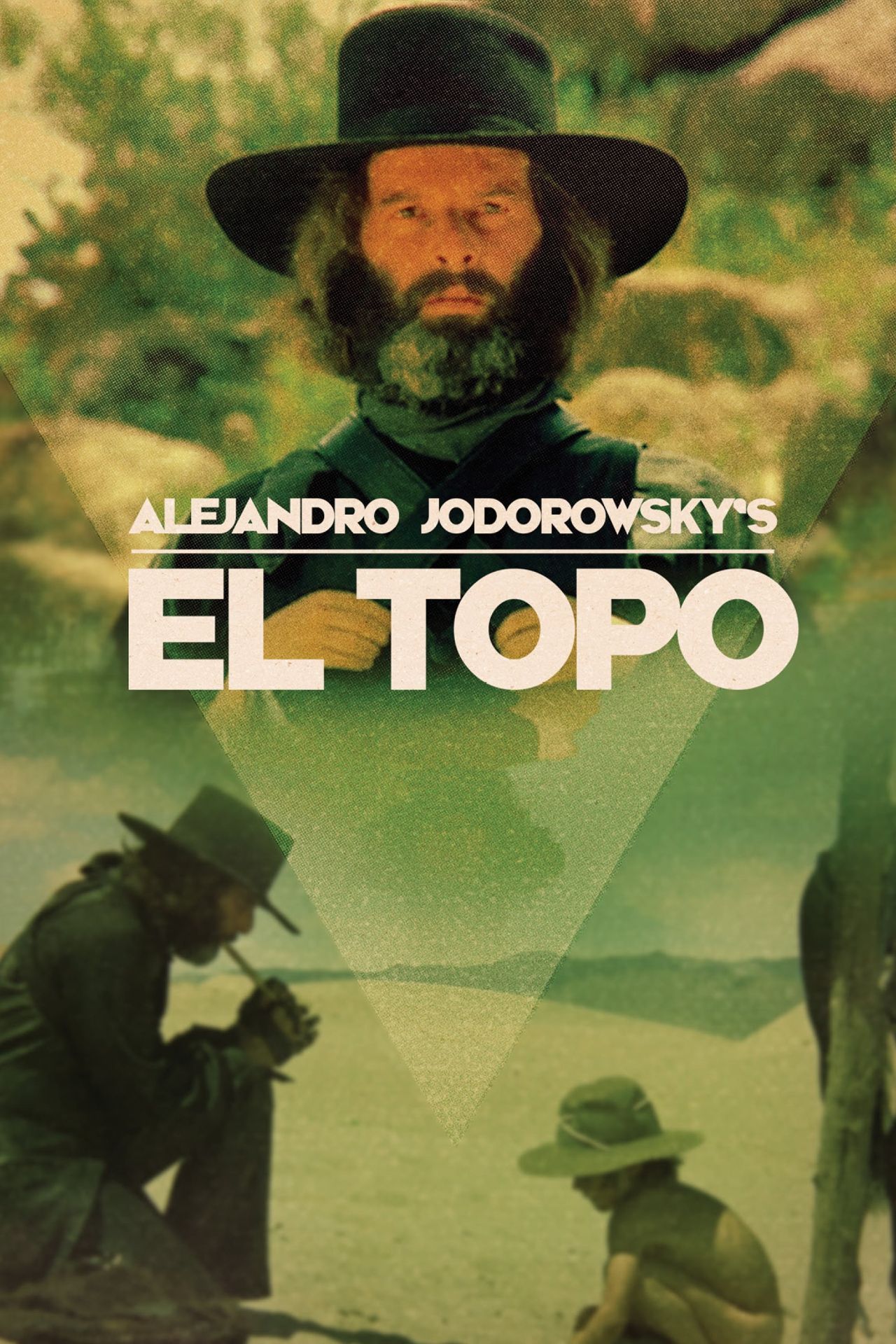
El Topo
- Release Date
-
December 18, 1970
- Director
-
Alejandro Jodorowsky
- Cast
-
Alejandro Jodorowsky
, Brontis Jodorowsky
, Mara Lorenzio
, David Silva
, Paula Romo
, Jacqueline Luis - Runtime
-
124 Minutes
- Writers
-
Alejandro Jodorowsky
5
‘Akira’ (1988)
Country: Japan
In a very key way, Akira was one of the movies that defined the 1980s, popularizing anime cinema in the West. In fact, if anime is as popular a medium as it is today across the globe, that’s it’s largely thanks to Katsuhiro Otomo‘s extraordinary adaptation of his eponymous manga. It’s about a secret military project endangering Neo-Tokyo when it turns a biker gang member into a rampaging psychic killer who can only be stopped by his gang of biker friends and a group of fellow psychics.
Akira‘s influence on not just anime but international cinema—including Hollywood—can’t be overstated. The film’s mature narrative, stylized depiction of violence, and unique cyberpunk aesthetics instantly gave it a cult following that’s stuck by it for decades. Nowadays, Akira might be more mainstream now than it ever has been before, but its place as a seminal cult classic goes beyond how many people are actually aware of it.
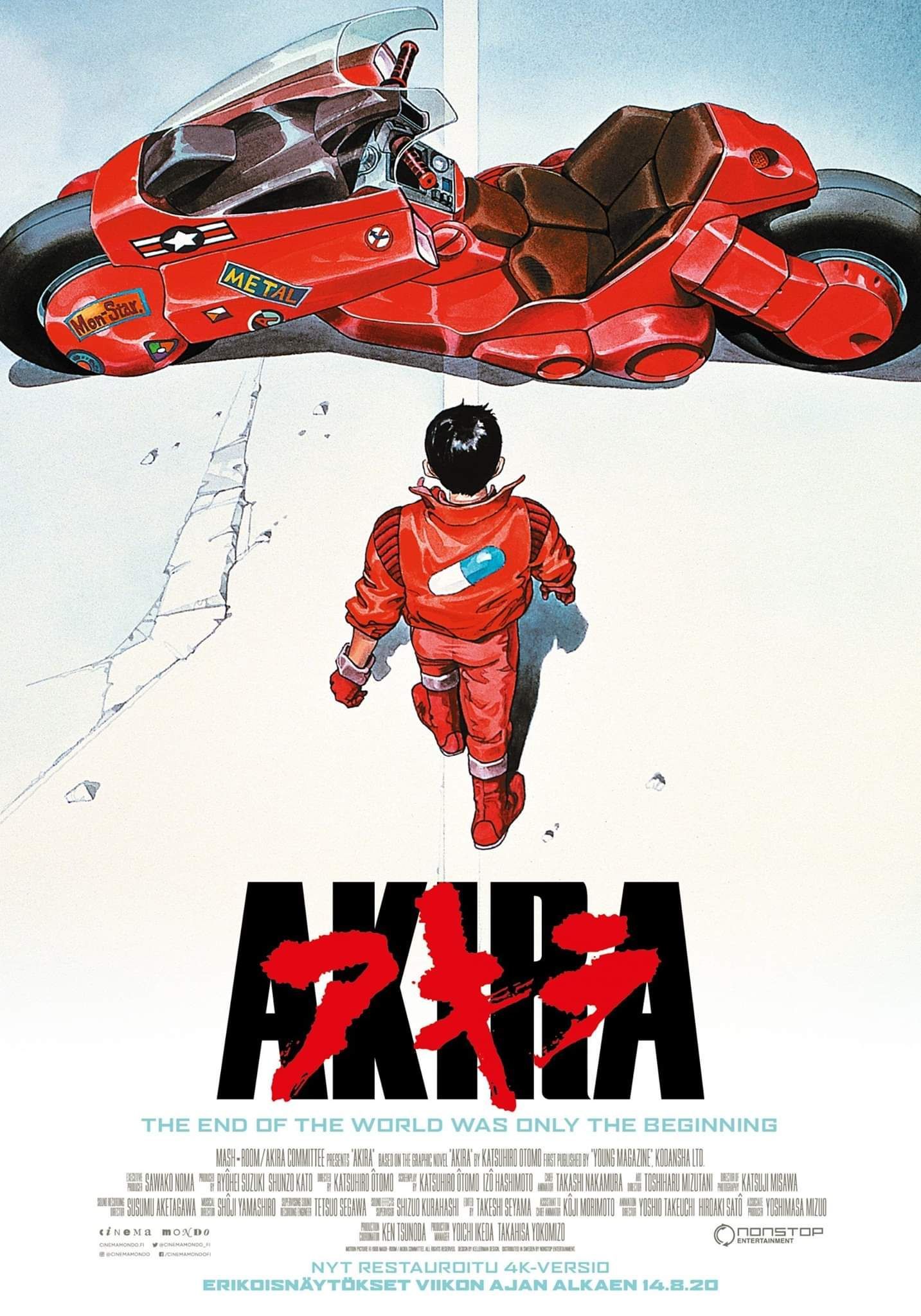
- Release Date
-
July 16, 1988
- Director
-
Katsuhiro Otomo
- Cast
-
Mitsuo Iwata
, Nozomu Sasaki
, Mami Koyama
, Taro Ishida
, Tesshô Genda
, Mizuho Suzuki
, Tatsuhiko Nakamura
, Fukue Itō
, Kazuhiro Shindō - Runtime
-
124 Minutes
- Writers
-
Katsuhiro Otomo
, Izô Hashimoto
4
‘Mad Max 2: The Road Warrior’ (1981)
Country: Australia
Nowadays, George Miller is well-known as a mad visionary. Back in the ’70s, though, he was an up-and-coming Australian filmmaker who made Mad Max with a budget of just 400,000 Australian dollars and pretty much no permits. Then, in 1981, he released an even better film, recognized as one of the best action sequels ever made. Mad Max 2: The Road Warrior follows the titular cynical drifter agreeing to help a small, gasoline-rich community get rid of a horde of bandits in a post-apocalyptic Australian wasteland.
The Road Warrior keeps much of the cheap charm that made Mad Max a cult classic, but a bigger budget and a more seasoned George Miller meant it had all sorts of new, fresh, and always deliciously wild ideas. Even though the reception wasn’t particularly extraordinary upon release, The Road Warrior garnered a growing cult following over time. Today, it’s remembered as one of the ’80s best action movies, a delightful high-octane spectacle the likes of which Miller wouldn’t match for another 34 years with Fury Road.
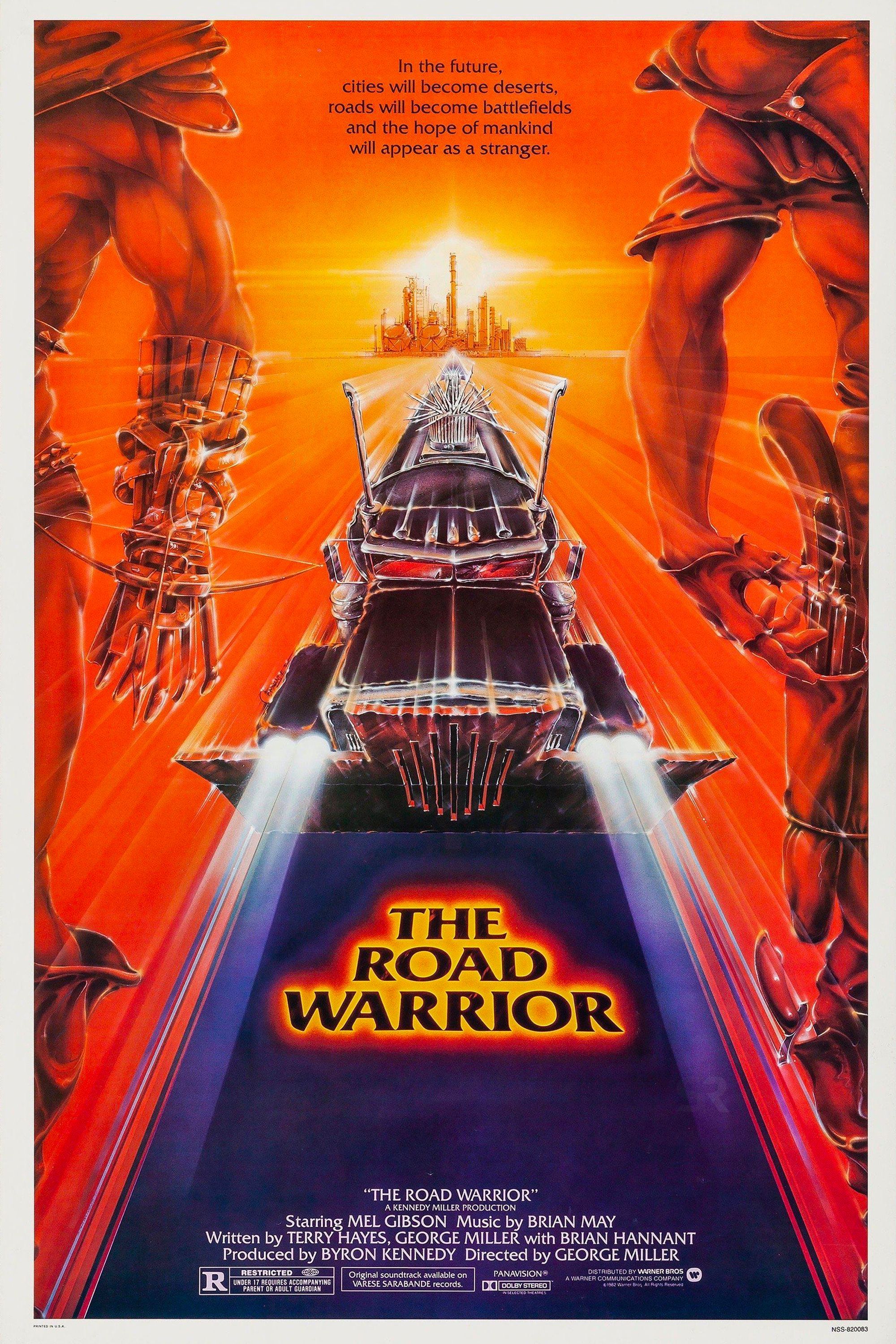
Mad Max 2: The Road Warrior
- Release Date
-
December 24, 1981
- Director
-
George Miller
- Cast
-
Mel Gibson
, Bruce Spence
, Michael Preston
, Vernon Wells - Runtime
-
96 Minutes
- Writers
-
George Miller
, Terry Hayes
, Brian Hannant
3
‘Trainspotting’ (1996)
Country: United Kingdom
The UK has been the source of many great and highly transgressive cult classics, but none more iconic than Danny Boyle‘s breakout film, Trainspotting. It’s a dark comedy where Renton, a young man deeply immersed in the Edinburgh drug scene, tries to clean up and get out despite the allure of drugs and the influence of his friends. With one of the most accurate depictions of drug addiction ever seen in a film, it’s no wonder Trainspotting became a cult classic as big as it is.
Drugs and drug culture are two consistent elements with a deep tie to cult cinema and its history, as seen in the immediate cult appeal of films like Trainspotting. The film’s satirical humor, uniquely colorful and vibrant style, and hard-hitting depiction of drug culture in the U.K. struck a chord with audiences worldwide. Indeed, Trainspotting is perhaps the most popular British cult classic ever.
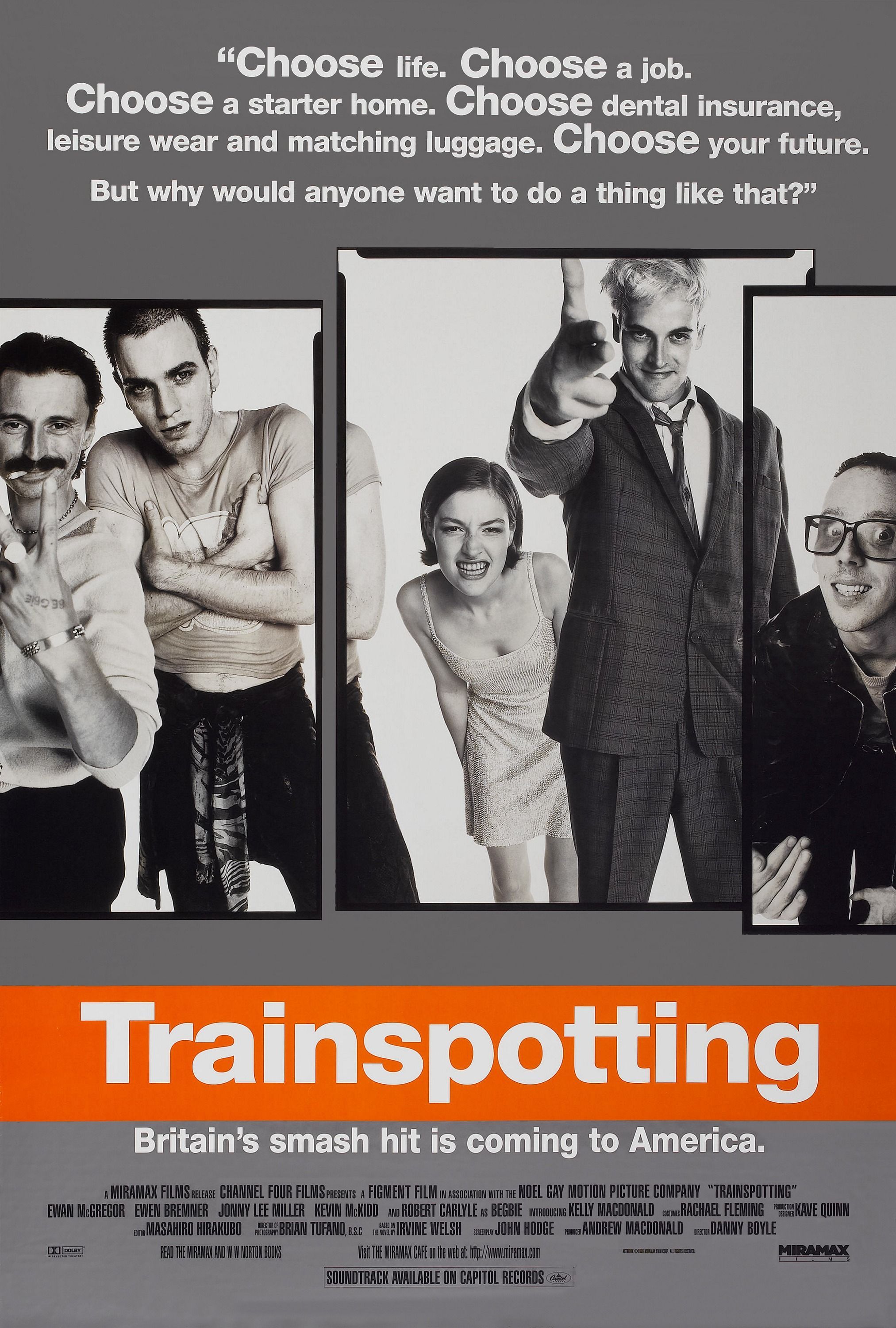
- Release Date
-
August 9, 1996
- Runtime
-
93 minutes
- Writers
-
John Hodge
2
‘Oldboy’ (2003)
Country: South Korea
South Korean cinema is absolutely outstanding. For proof, people generally needn’t look any further than Park Chan-wook‘s filmography, and from it, it’s pretty much uncontested that the best outing is Oldboy. Not to be confused with whatever Spike Lee‘s remake was, it’s a dark comedy about a man who’s kidnapped and imprisoned for fifteen years. After being released, he finds that he must track down his captor in five days.
Saying that Oldboy gets dark in several spots might be a bit of an understatement. It’s stylishly violent and horribly disturbing, but it’s all with a purpose. The commentary that Park has to make on violence and revenge may not be new, but it’s certainly powerful. Indeed, revenge and transgressive films like this one tend to garner cult followings when done right, and Oldboy is done phenomenally. It’s one of the best Korean movies ever made and a masterwork that cult cinema fans love for its subversive sense of humor and its jaw-droppingly dark narrative.
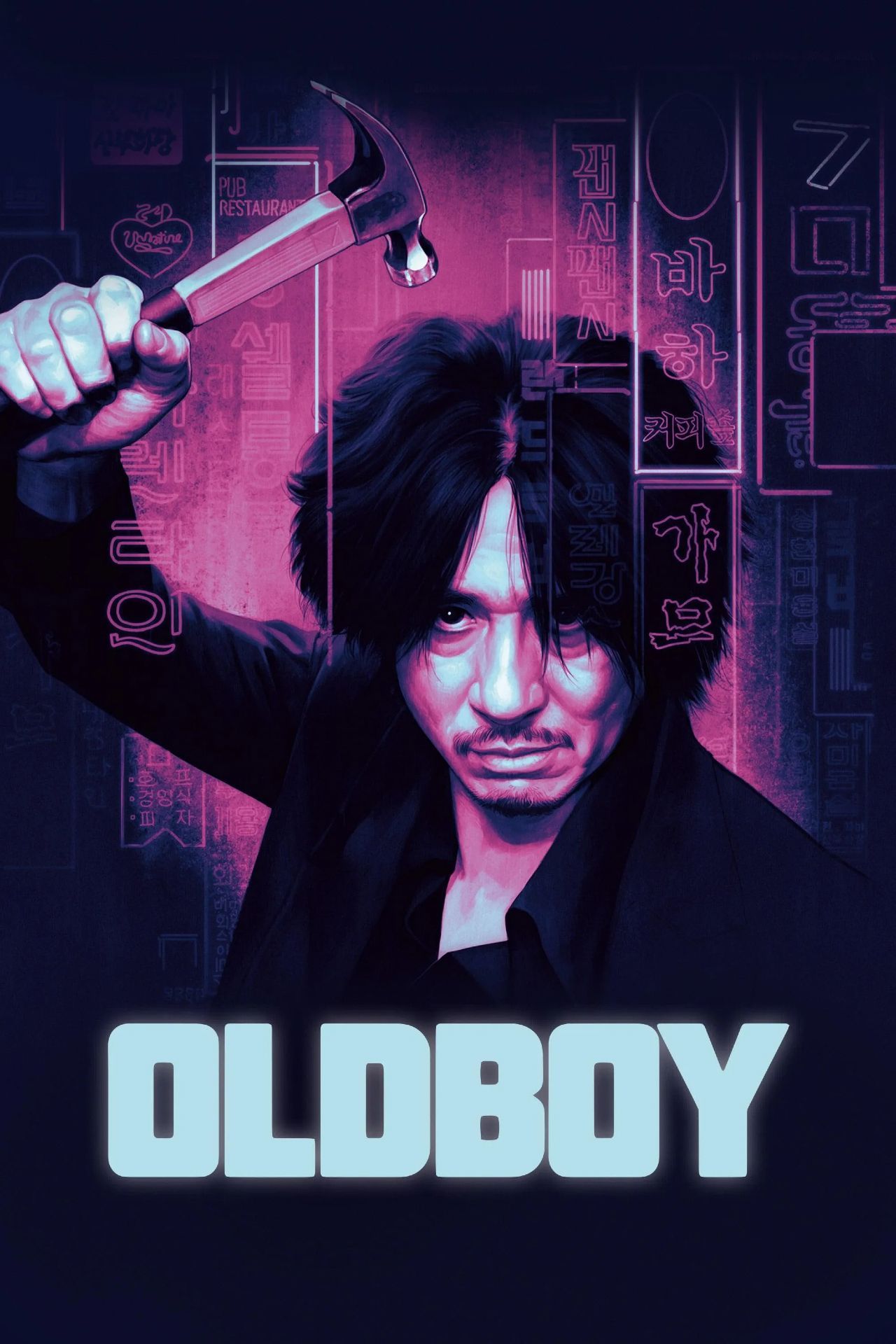
- Release Date
-
November 21, 2003
- Director
-
Park Chan-wook
- Cast
-
Choi Min-sik
, Yoo Ji-tae
, Kang Hye-jung
, Kim Byeong-Ok
, Oh Tae-kyung
, Yoon Jin-seo
, Woo Il-han
, Ji Dae-Han - Runtime
-
120 Minutes
- Writers
-
Park Chan-wook
, Hwang Jo-yun
, Lim Jun-hyung
1
‘The Cabinet of Dr. Caligari’ (1920)
Country: Germany
It’s always the classics. Robert Wiene‘s masterpiece The Cabinet of Dr. Caligari is the face of German Expressionism and arguably the first true horror movie ever made. It’s a silent film where a hypnotist uses a somnambulist to commit murders. Thanks to its avant-garde aesthetics and niche appeal, the film attracted the attention of students and intellectuals from early on. According to critic Danny Peary, Dr. Caligari and its reception were the birth of cult cinema.
Of course, there’s the fact that over a century later, Dr. Caligari is still one of the best horror movies of all time, but the way it became a hyper-influential classic is its most interesting aspect to those intrigued by the history of cult cinema. As film academia grew in the mid-20th century, Dr. Caligari led the charge in the birth of this beautiful phenomenon known as cult cinema. Re-watches, deep analysis, and late-night screenings turned it into the most important and most iconic foreign cult movie of all time.
Source link

